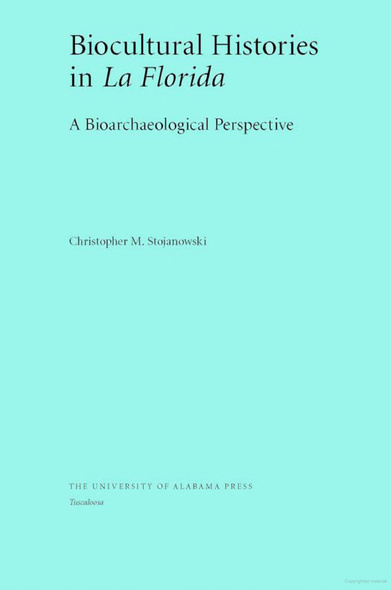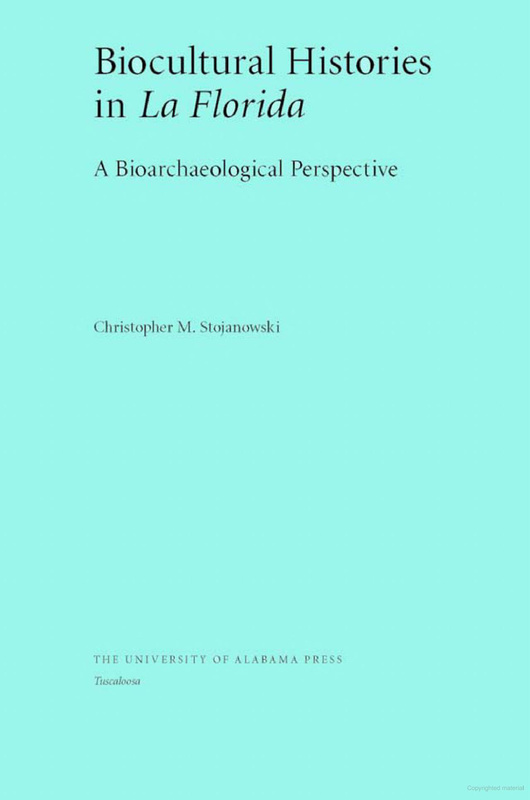Biocultural Histories in La Florida
A Bioarchaeological Perspective
Examines the effects of the Spanish mission system on population structure and genetic variability in indigenous communities in northern Florida and southern Georgia during the 16th and 17th centuries
This book examines the effects of the Spanish mission system on population structure and genetic variability in indigenous communities living in northern Florida and southern Georgia during the 16th and 17th centuries. Data on tooth size were collected from 26 archaeological samples representing three time periods: Late Precontact (~1200-1500), Early Mission (~1600-1650), and Late Mission (~1650-1700) and were subjected to a series of statistical tests evaluating genetic variability. Predicted changes in phenotypic population variability are related to models of group interaction, population demo-graphy, and genetic admixture as suggested by ethnohistoric and archaeological data.
Results suggest considerable differences in diachronic responses to the mission environment for each cultural province. The Apalachee demonstrate a marked increase in variability while the Guale demonstrate a decline in variability. Demographic models of population collapse are therefore inconsistent with predicted changes based on population geneticsl, and the determinants of population structure seem largely local in nature. This book highlights the specificity with which indigenous communities responded to European contact and the resulting transformations in their social worlds.
Stojanowski's work is like man's DNA, the structure of a lifeform, but here it is the structure or glue that holds together the historic puzzle with its Apalachee, Timucua, Guale, and Spanish pieces that other scholars have been trying to put together.'
—Keith P. Jacobi, author of Last Rites for the Tipu Maya
A well-written work that succinctly tackles a large and difficult topic. In relatively short order, Stojanowski addresses, and successfully integrates, a diverse set of issues into a coherent and readable whole. The author incorporates a consideration of archaeology, history, ethnohistory, linguistics, and palaeogenetics, demonstrating how they can be melded together to create a work of true anthropological significance. . . . The research questions and methodologies developed by Stojanowski are adaptable and could serve as a guide for other researchers examining the effects of conquest or contact in other contexts.’
—International Journal of Osteoarchaeology
Acknowledgments 000
List of Illustrations 000
1. Historical Bioarchaeology 000
Part I. The Archaeology
2. The Setting: The Spanish Mission System of La Florida 000
3. Bioethnohistory 000
Part II. The Bioanthropology
4. Evolution and Transmission of Human Tooth Size 000
5. Conceptual and Research Methods 000
Part III. The Synthesis
6. Demographic Transformations among the Apalachee 000
7. Aggregation and Collapse on the Georgia Coast 000
8. Local and Global Histories 000
Appendix 000
Bibliography 000
Index 000





